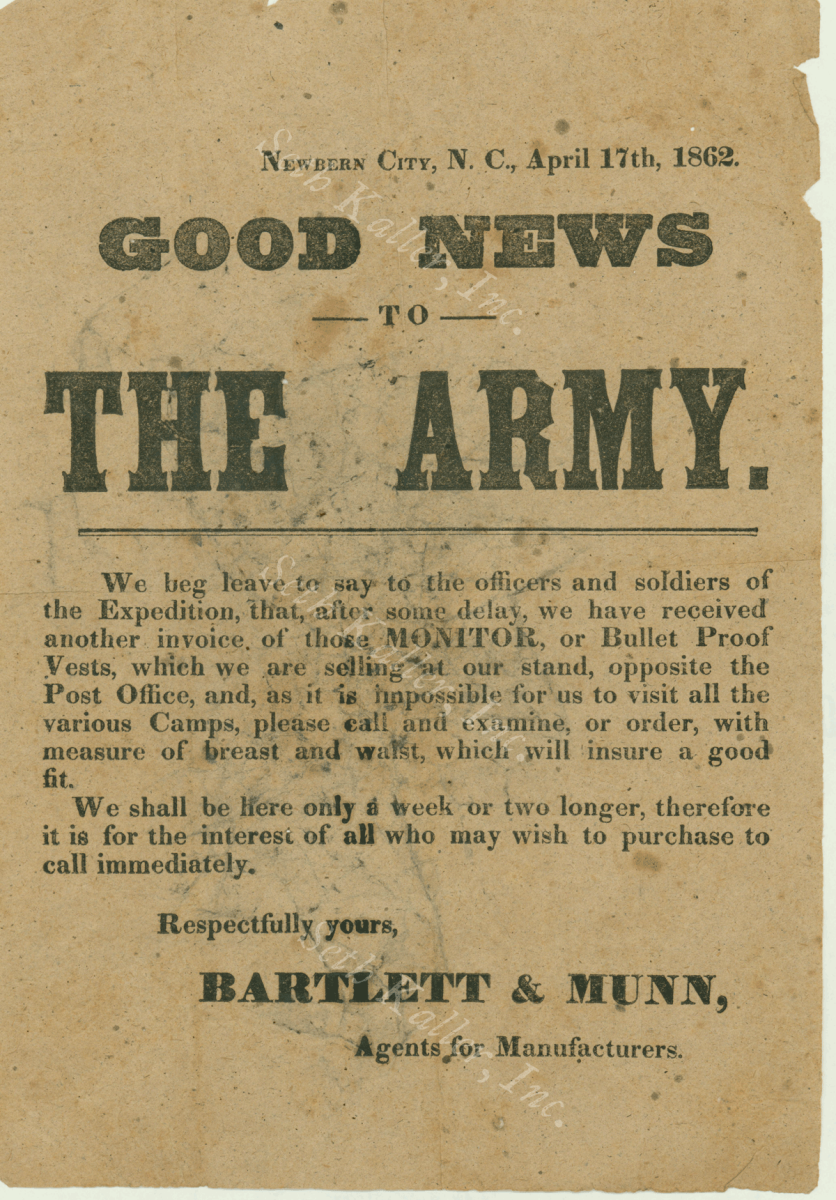The P/PC Ratio and the Impact of Ignoring It in IT
Introduction
The book “The Seven Habits of Highly Effective People” discusses the P/PC ratio, the ratio of production to production capability. The classic example is the goose that laid the golden egg until it was killed. A good financial example is your financial nest egg and the interest or dividends it yields. Pull too much off the financial reserves and the financial stream will dwindle. The production capacity of a business is based on its customer base, and betraying their trust leads to their declining numbers, and eventually, your business income.
The IT world suffers from the same problem, focusing on production at the expense of the production capability. It is an emphasis on P at the expense of PC.

Analysis
The core of this is a business model based on long hours as the norm, though human factors studies demonstrate that productivity for any hour past forty is half that of the past forty. After eighty hours, and little useful work is ever done and it is negated by the high rate of mistakes made. While IT startups are the most public culprit, software and IT firms from gaming companies to tech support tend to push their people past their limits. This is why burnout is such a big problem in IT at all levels barring management.
The day to day operations in IT can see the same problem due to software release schedules set based on what calendar date looks good versus how much time it will take to fix, the constant problem of scope creep adding in new requirements and tendency to rely on the same people to support the current software version as develop the next one.
Many IT companies, especially startups, try to combat the problem through atmosphere. One way they fight it is by creating a family-like atmosphere; we all willingly sacrifice more and work harder for our families than we do for a mere employer. And your personal life suffers when you’re almost never away from work, so creating closer ties with coworkers and management offsets that – until you lose or leave your job and find you lost both the paycheck and your social support network.
We’ll set aside the discussion on how many tech companies are dismantling personal/professional boundaries whether through social engineering to ensure ideological conformity, social networking monitoring for online griping that leads to professional sanctions for private views expressed online or, as one recent article pointed out, an employer paying for employee’s weddings. Yet many need to realize that the small perks tech companies offer like free coffee, low or no cost snacks and on site workout facilities are there for their benefit – if you don’t have to leave or go home, you will stay on site longer to work and feel obligated as a result of those perks to do exactly that.
Tech companies do create a sense of urgency and pressure, since this can cause people to work harder and longer in the short term. However, no one can maintain a sprinter’s pace for a marathon. Artificial atmospheres of urgency and pressure end up burning people out faster while ones created accidentally through bad management have the same effect.
Solutions
What are the solutions to this problem? First and foremost would be management and company leaders recognizing that while computers can run 24x7x365, humans cannot and should not be pressured to exceed their productive limits. The second solution, a long term one, is altering the work environment to not require the same people who work 40+ hours a week to work evenings and weekends, too.
There should be discussion on the “family” atmosphere companies are trying to create in the hope of bolstering loyalty and productivity that erodes the boundaries of personal and professional, as well as employees pushing back against creeping paternalism that thinks it is right and has a right to micromanage both your body and mind. A shift in company culture also reduces the pressure for employees to work 60 or more hours per week in return for all the perceived perks.








